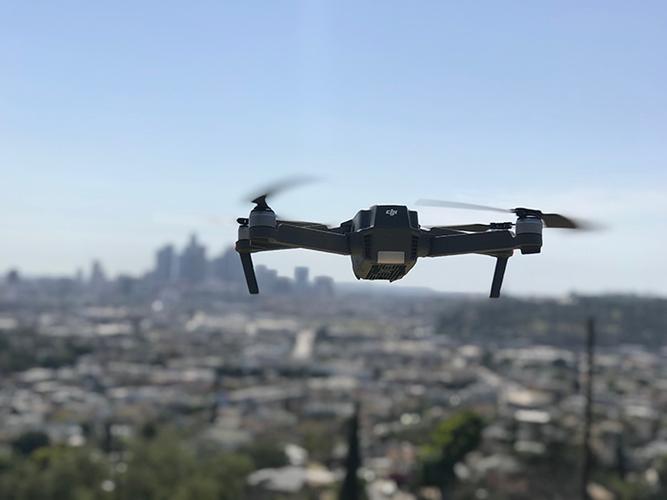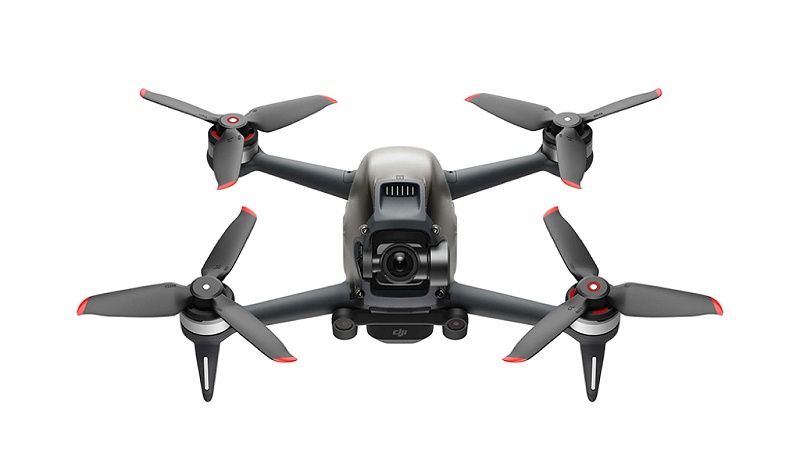The revolution in technology is dramatically altering the landscape of logistics, and one of the most promising advancements is the use of delivery drones. These unmanned aerial vehicles are poised to change package transportation, bringing numerous benefits to both consumers and businesses alike. Delivery drones have the capability to transport goods quickly over long distances, bypassing traditional traffic congestion, and reducing delivery times significantly. This is particularly advantageous in urban areas where traffic can delay standard delivery vehicles. Moreover, drones have the ability to reach remote or difficult-to-access locations where conventional methods might falter. As the technology continues to evolve, enthusiasts in the logistics sector eagerly anticipate the widespread adoption of delivery drones in everyday operations.
Enhancements in Delivery Drone Technology
The significant progress in drone technology is underpinning the increased interest in delivery drones as a viable transport option. Innovations such as GPS navigation, autonomous flight, and improved battery life are all contributing to the potential for drones to become a mainstream delivery method. These technical advancements enable drones to complete deliveries more accurately and efficiently than traditional vehicles. Major companies are investing heavily in research and development to optimize these systems, ensuring reliability and safety. Additionally, regulatory bodies are increasingly updating guidelines to accommodate drone delivery systems, demonstrating a growing recognition of their potential impact.
- Fast delivery with fewer delays compared to ground transportation.
- Cost-effective operations as drones require less maintenance.
- Environmentally friendly, reducing carbon emissions by minimizing vehicle usage.

The potential benefits of delivery drones extend beyond speed and cost. The environmental implications are also noteworthy. Traditional delivery trucks contribute to greenhouse gas emissions and urban pollution, whereas drones offer a cleaner alternative. By significantly reducing traffic congestion and vehicular emissions, drones emerge as a sustainable option in the realm of package delivery.
Challenges Facing Delivery Drone Implementation
Despite their promise, delivery drones face several hurdles that must be addressed before they can fully integrate into logistics networks. Safety concerns are paramount, as drones must navigate crowded urban environments and avoid obstacles such as buildings, trees, and power lines. The efficacy of delivery drones also hinges on reliable communication systems to maintain control and coordinate flight paths. Additionally, the privacy of individuals is a growing concern, as drones may inadvertently capture video footage or images during their routes.
Regulatory frameworks play a critical role in the deployment of delivery drones. Governments and aviation authorities must establish clear regulations governing their use, including flight altitudes, permissible areas, and registration requirements. These regulations need to strike a balance between promoting innovation while ensuring public safety. As more trials and pilot programs are conducted, insights gleaned from these initiatives will help shape the future of delivery drone regulation.

The Economic Impacts of Delivery Drones
The economic benefits of delivery drones are undeniably significant. By reducing delivery costs, businesses can pass savings onto consumers and enhance competitive pricing. Furthermore, faster delivery speeds can boost customer satisfaction and increase online shopping, leading to greater revenue streams for retailers. The logistical efficiency brought about by drones can transform supply chain management, optimizing operations and reducing overhead.